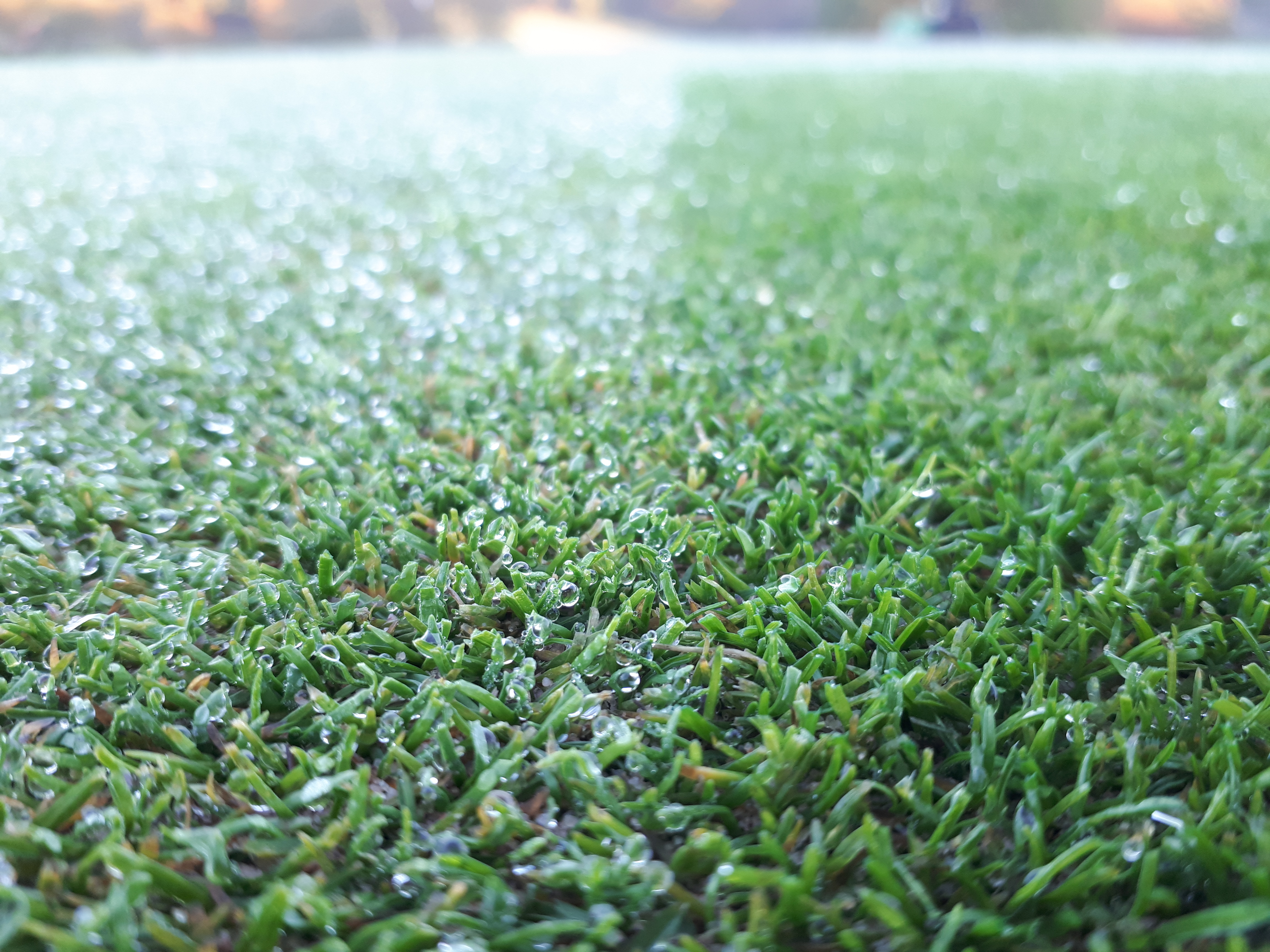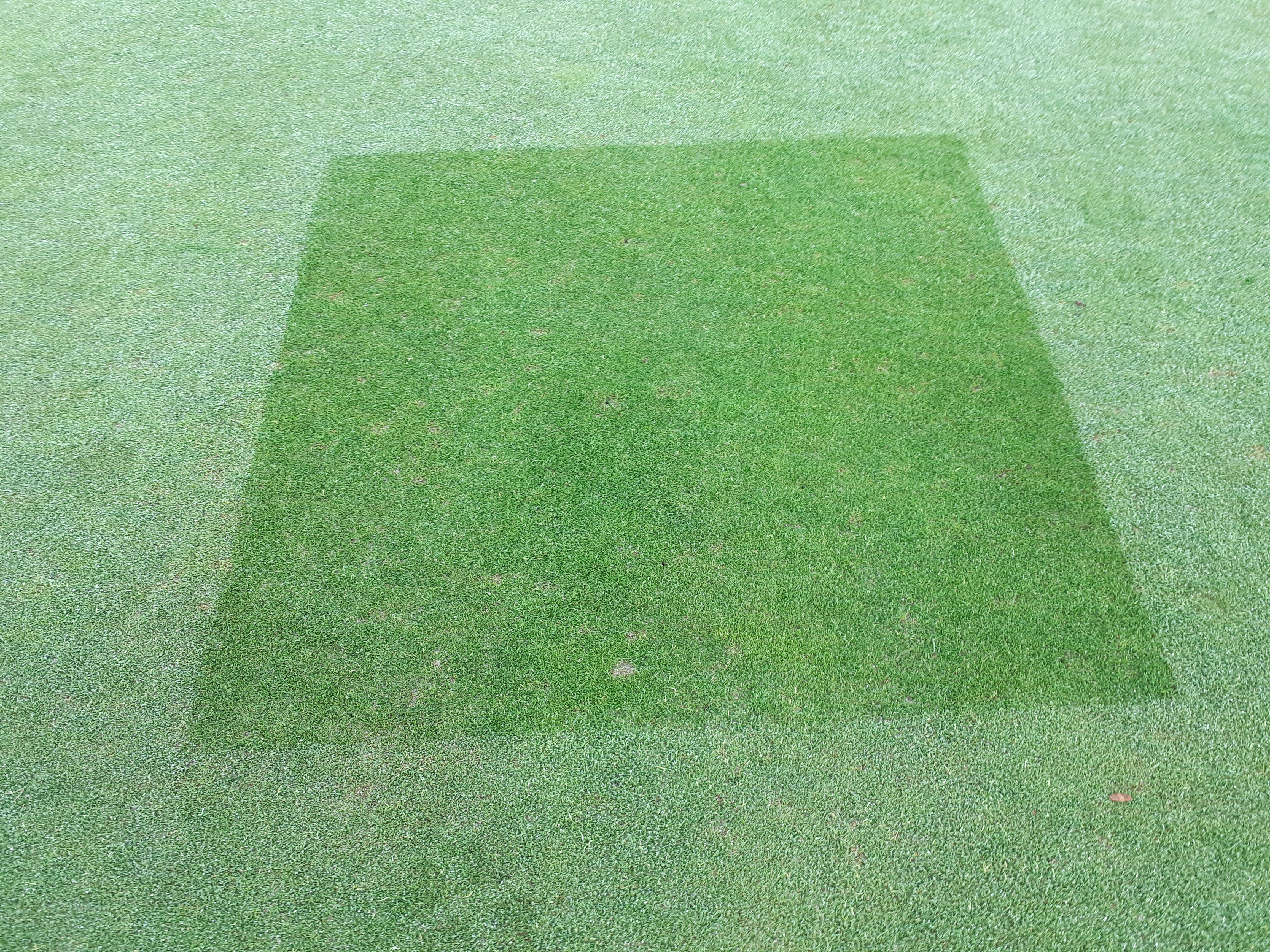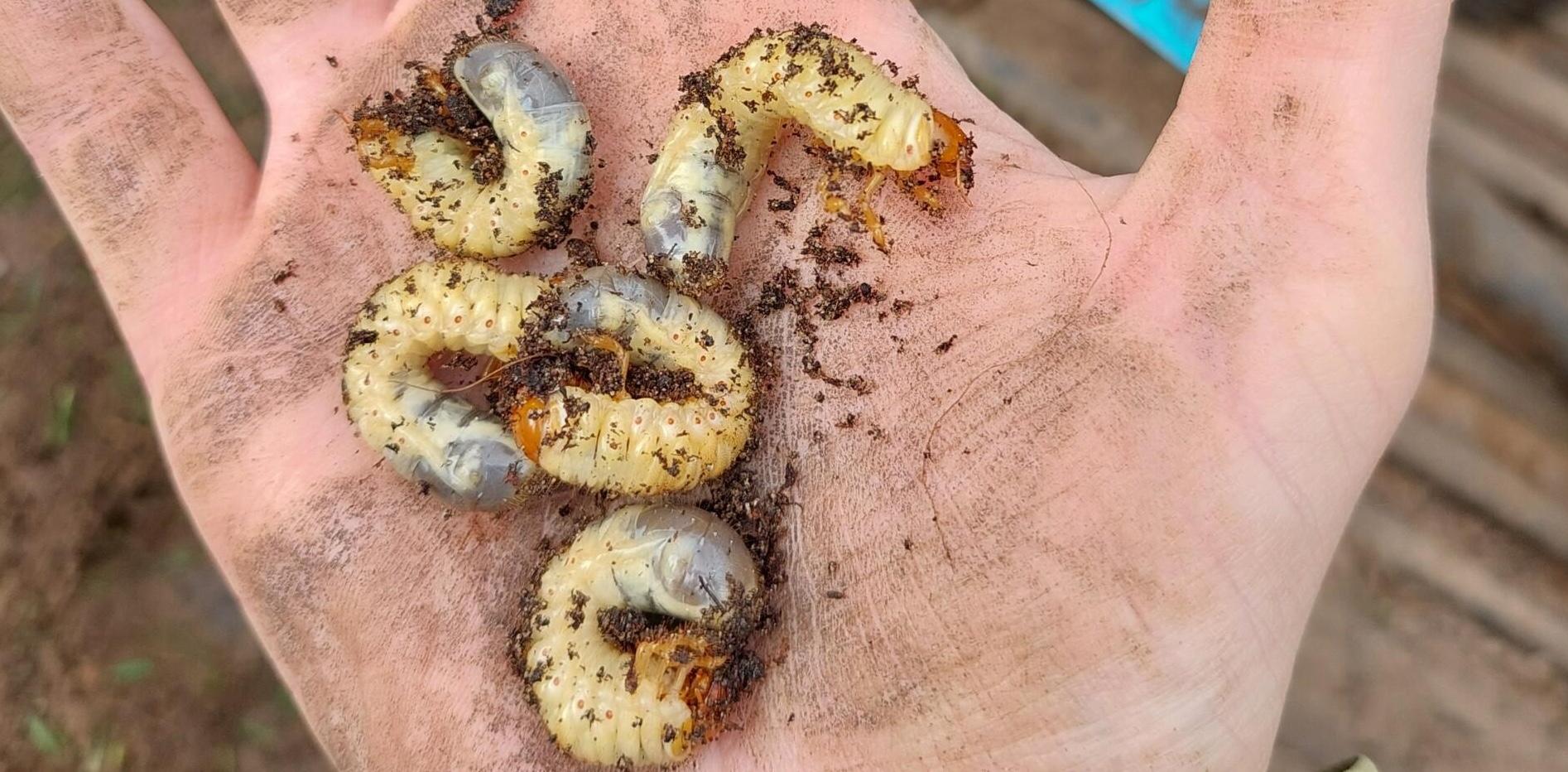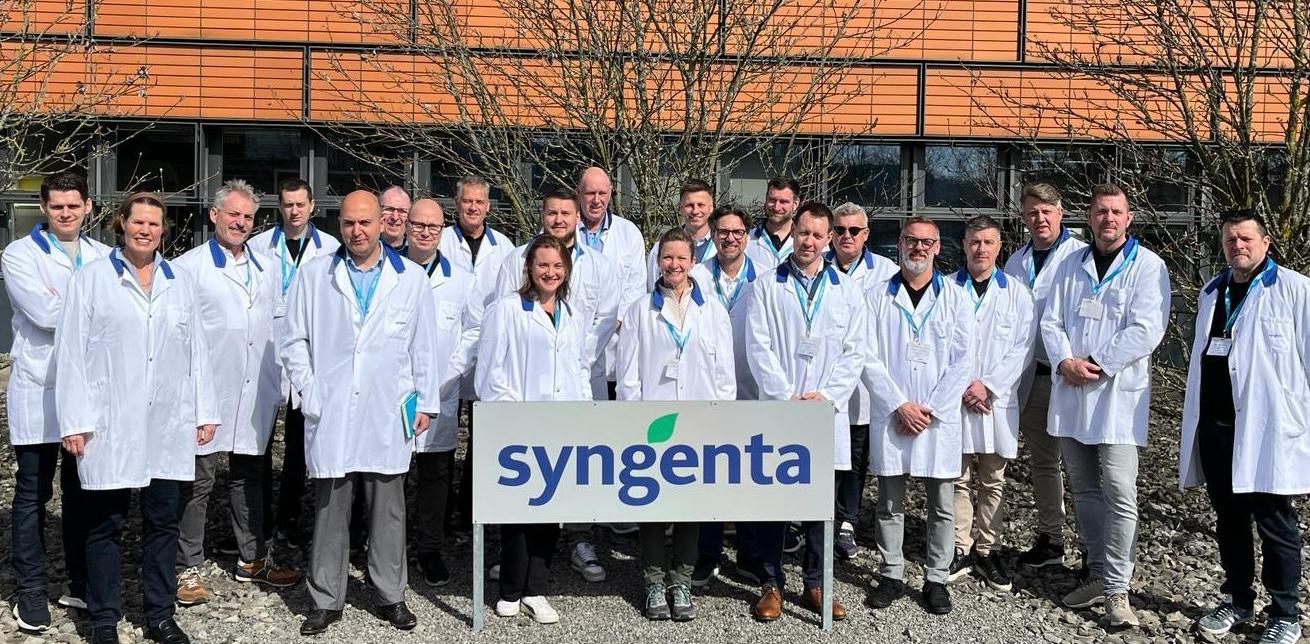[caption id="attachment_1081" align="aligncenter" width="4608"] The role of Dew removal has a huge impact on disease populations through pressure periods[/caption]In my last blog I spoke about the speed disease populations can increase at during conducive conditions and how you can use fungicides to help zero out that population.
The more I look at disease management the more I separate out fungicide usage and Integrated Turf Management (ITM), not because they are unrelated (they both have important parts to play) but I'm beginning to see them like this:
The role of Dew removal has a huge impact on disease populations through pressure periods[/caption]In my last blog I spoke about the speed disease populations can increase at during conducive conditions and how you can use fungicides to help zero out that population.
The more I look at disease management the more I separate out fungicide usage and Integrated Turf Management (ITM), not because they are unrelated (they both have important parts to play) but I'm beginning to see them like this:
- Fungicide - Zero out the disease population
- ITM - Slow the rate of development
- Thatch / Fibre levels
- Grass species
- Dew removal
- Airflow
- Drainage
- Light
- Plant Health / Correct nutrition
- Thatch / Fibre levels - The lower the amount of thatch, the less viable the spore population is so the slower the start of the disease process..
- Grass species - the more resistant a grass species the slower the march of disease.
- Dew removal - the less time moisture is on the leaf the less time disease has to spread through it.
- Airflow - The higher the airflow the drier the leaf blade.
- Drainage - The better the drainage the drier the sward.
- Light - The better the light levels the stronger the grass plant, the better chance of survival.
- Plant Health / Correct nutrition - managing a happy centre ground allowing the plant to cope with disease but not be overly susceptible is vital.
 Do Dew dispersants have a role to play?[/caption]
All of the above are obvious statements but with climatic pressure seemingly on the increase annually we need to utilise all of the above techniques to keep reducing the acceleration of the disease during conducive conditions. By using these techniques we may able to widen the gap between fungicide applications. during lower periods of pressure. Having a good understanding of where the disease populations are currently, upcoming climatic conditions and your current position on ITM. Relying on purely ITM or purely fungicide is a recipe for faliure - the two work hand in hand.
Do Dew dispersants have a role to play?[/caption]
All of the above are obvious statements but with climatic pressure seemingly on the increase annually we need to utilise all of the above techniques to keep reducing the acceleration of the disease during conducive conditions. By using these techniques we may able to widen the gap between fungicide applications. during lower periods of pressure. Having a good understanding of where the disease populations are currently, upcoming climatic conditions and your current position on ITM. Relying on purely ITM or purely fungicide is a recipe for faliure - the two work hand in hand.





